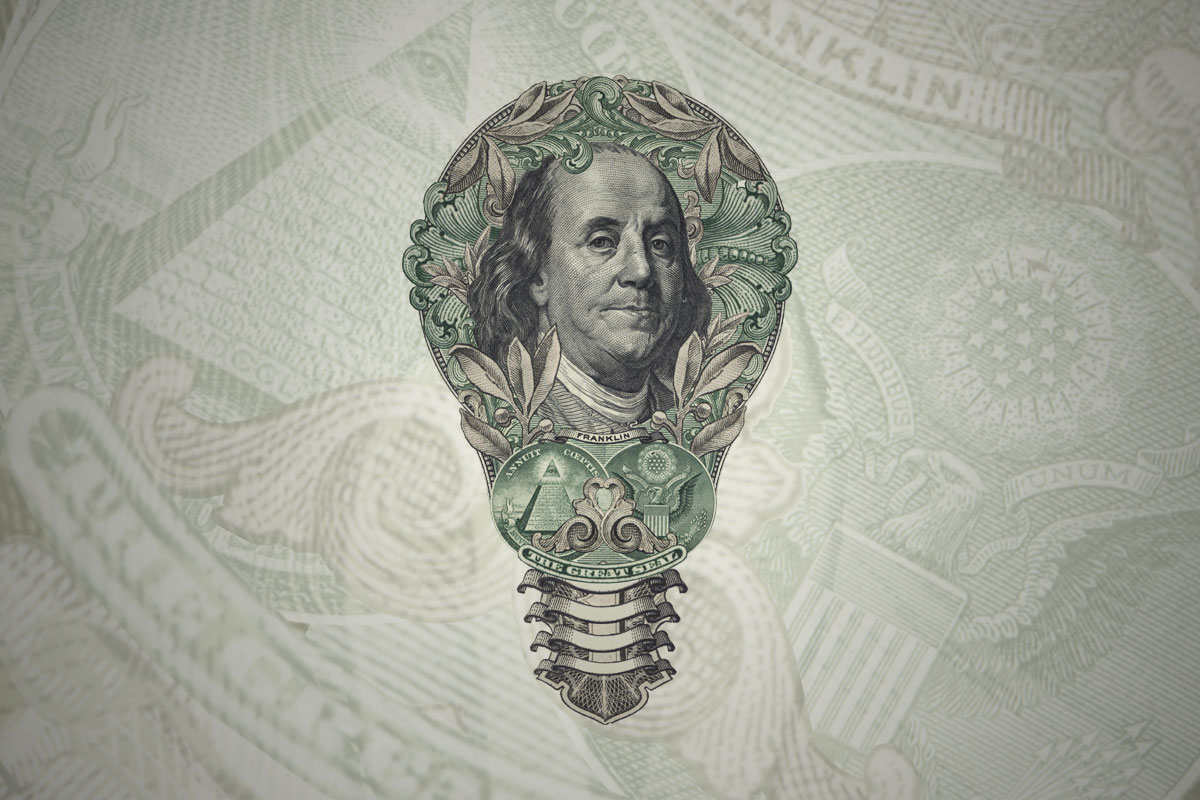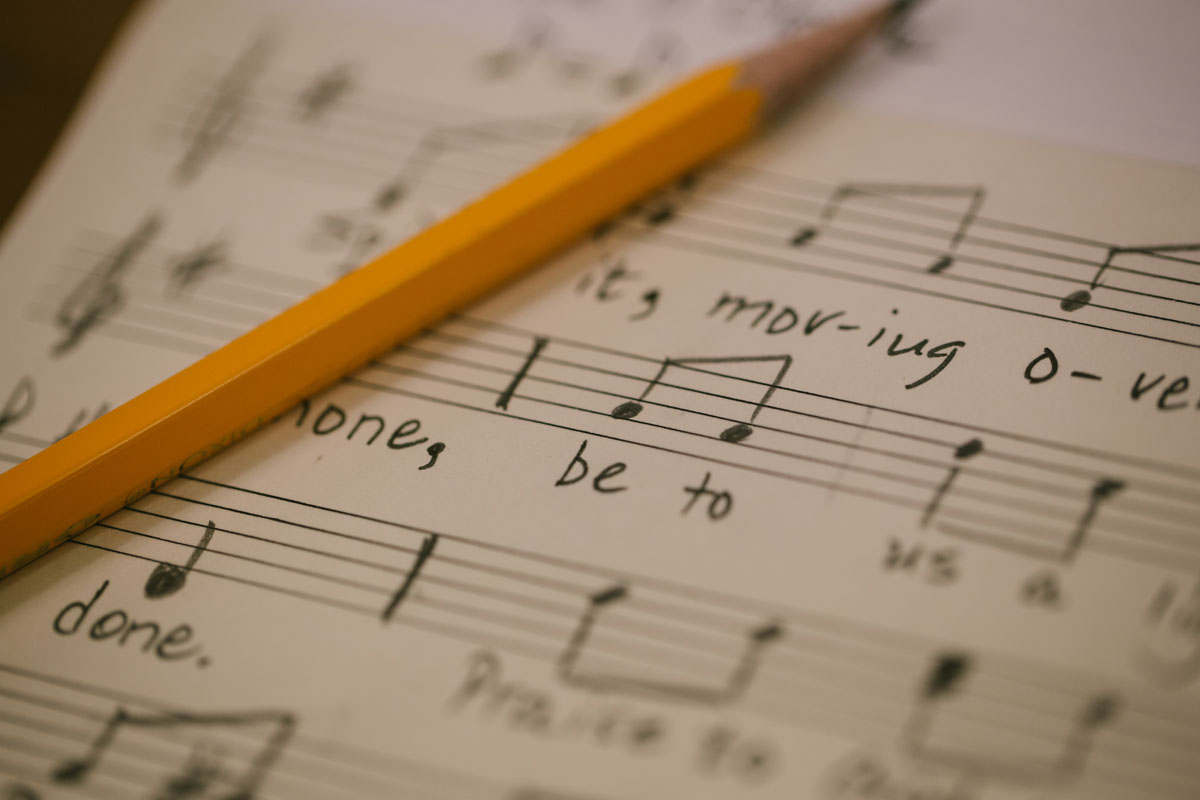Chasing Innovation
From inspiration to implementation, UH is changing the way it thinks about research

A passing remark. A class assignment. The whisper of a tune, spare and true…
Ideas are the currency of higher education, born of frustration as often as inspiration and following no particular pattern. They are fragile things, apt to die at any step along the way.
But when an idea takes root, it doesn’t matter whether it arrived as a thunder bolt or a languidly peeled onion that only gradually revealed its core. In the end, society stands to benefit, in the form of safer oil wells, more and better information for women facing breast reconstruction surgery or even a quick way to check ozone levels at a given location.
Bringing an idea to fruition involves research and innovation, and both are affected by today’s fast-paced world. “I think at some deep level, what we mean by research is going to change in the next 20 or 30 years,” says Dan Price, a philosopher who teaches in the Honors College. “In the past, you were producing objects. Now you are producing ideas. If you can’t get yours out the window in six weeks, you may have missed the opportunity.
“You won’t be sitting alone in your lab for 10 years, but you’ll have more impact.”
Making an impact through research has become increasingly important at the University of Houston, as it pursues both more research funding and new ways to stay relevant to Houston, the state and the world.
Often, despite Price’s talk about ideas over objects, that means both, as researchers turn ideas into technologies – so-called translational research – and then figure out how to bring them to market.
That last component is in some ways the most difficult.
“Having a cool product is necessary, but it’s not sufficient,” says Ramanan Krishnamoorti, interim vice president/vice chancellor for research and technology transfer. “It comes down to, how do you develop a business plan? How does it displace existing products? Is it cost competitive? It’s all about getting the business plan right.”
When that happens, the payoff can be significant.
The University’s share of royalty income – money generated by patents issued for technologies or products developed at UH is split between the inventor, the college in which the inventor works and the University – has grown dramatically during the past eight years, reaching $22 million in 2015, the most generated by any U.S. public university without a medical school. That is about 2000 percent, from $1.1 million in 2008.
The money UH receives is used to support faculty research in a variety of ways, from covering the cost of filing for patents to setting up new labs and providing stipends to defray the cost of researching a book.
Diana Chow, professor of pharmaceutics and director of the Institute of Drug Education and Research, is responsible for much of the growth in royalty funding through her role in developing Parenteral Busulfan as an intravenous injection, which has dramatically cut the rate of transplant-related complications in patients with acute leukemia.
But as Price suggests, innovation isn’t only about creating a product or technology that people can hold in their hands. It’s about following ideas to their conclusion. Occasionally, the conclusion isn’t clear until after the idea has been sent out into the world.
Just ask David Ashley White.
White, professor of composition and theory at the Moores School of Music, has had a distinguished career as a composer of both sacred and secular music, and the first step in his haunting “Spirit Moving Over Chaos,” which won the 2015 Raabe Prize in Sacred Composition, was not so different from that of dozens of other vocal works he had written.

They all started with the words.
Much as a quilter collects scraps of cloth, White is a collector of words. The publisher for his sacred music – he has a lengthy catalogue, including four hymn collections and songs in hymnals for a variety of denominations – routinely sends copies of text for potential hymns, and White is always on the lookout for more.
And then he thinks about it. “I’ll read the text a lot,” he says. “I’ll speak it. I’ll think up some tune I’m not going to use, just to get the rhythm.”
He started the usual process when Selah Publishing Co. sent a text by Patricia Blaze Clark.
Spirit, moving over chaos,
bringing light where there was none,
be to us a light, revealing
where the work is to be done.
The words were lyrical, even mystical, and while some texts call for what White describes as “an aggressive rhythm,” these suggested something quieter.

He sat at his drafting board, manuscript paper, pencils and a keyboard close to hand. Less, he decided, would be more – a melodic line, rendered with hand bells. No organ. No percussion. No woodwinds.
Then he handed it to the choir director at Palmer Memorial Episcopal Church, a church for which he has long composed music and where he is now Composer-in-Residence. He was there with choir members when director Brady Knapp teed up the brand-new “Spirit Moving Over Chaos” for a recording session.
He did not expect Knapp’s next words: “Let’s improvise.”
They were about to record, after all, and although White knows anything can happen once a song leaves the composer’s desk, he had confidence in the minimalist composition he had delivered.
No matter. A choir member grabbed the oboe from her car, and a percussionist began gathering instruments intended for another song.
White played synthesizer. Knapp kept the hand bells.
“I was amazed,” White says of the resulting anthem, both soaring and powerful. “I don’t think the mood came into existence until we had the improvisation.”
Next Story:
The Birth of an Idea
Assistant professor of engineering technology, developed an optical sensor to alert health care providers to patients at risk for bed sores.